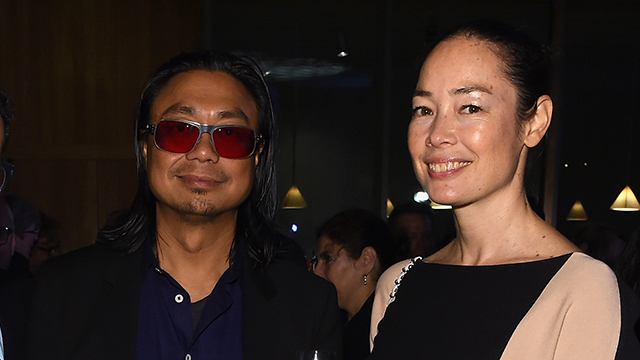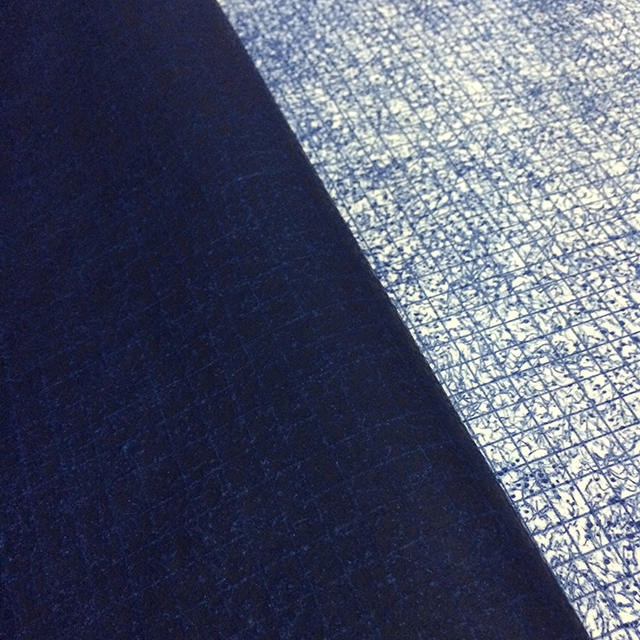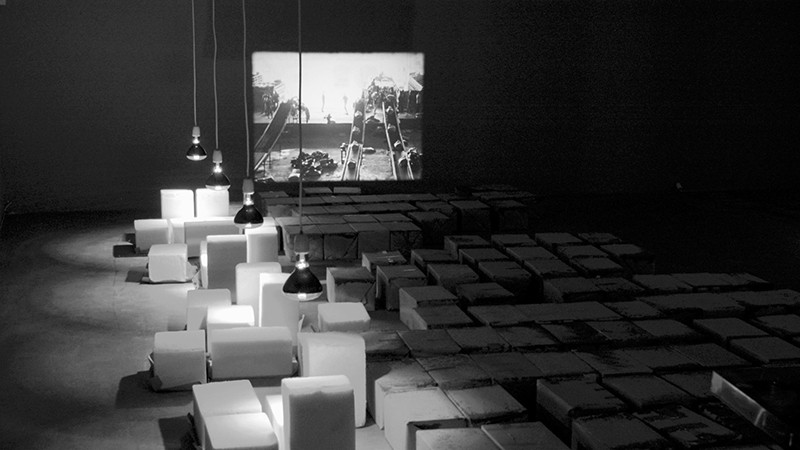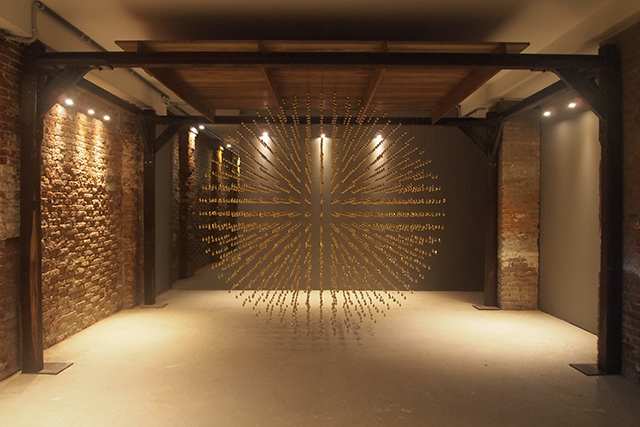This month, international artist Rirkrit Tiravanija — a darling of the biennial art circuit from São Paulo to Venice to Gwangju — descended on the Bay Area for The Ways Things Go at Yerba Buena Center for the Arts. The exhibition, curated by Tiravanija in collaboration with YBCA’s former director of visual arts Betti-Sue Hertz, broadly considers real and imagined narratives of globalized migration and trade, signified by food and other items of cultural significance. It invariably also touches on histories of colonialism, labor and displacement, but more as a matter of anthropological note than a call to arms, which given the current climate seems to be something of a missed opportunity. The curatorial objective is sometimes unclear, as are some of the relationships between selected works, resulting in a beautifully executed exhibition with a world-class roster and, at various times, uncertain intentions.
Born in Buenos Aires and raised in Thailand, Ethiopia and Canada, Tiravanija now divides his time between New York, Berlin and Chiang Mai. His work came to prominence in the 1990s under the auspices of “relational aesthetics,” a concept put forth in the book of the same name by French curator Nicolas Bourriaud, referring to a style of art making dependent upon social engagement. Today, Tiravanija’s work spans art, architecture and curation, all of which still bears some relation to relational aesthetics.

Tiravanija’s current exhibition at YBCA features work by individual artists and a number of collectives, including Maria Thereza Alves, Michael Arcega, Lonnie van Brummelen and Siebren de Haan, Peter Fischli and David Weiss, Camille Henrot, Luc Moullet, Museum of Gourd, the National Bitter Melon Council, Pratchaya Phintong, Arin Rungjang, Thasnai Sethaseree, Shimabuku, Superflex, and the Propeller Group. Drawing, film, sculpture and installations dominate the exhibition, with most work demanding a vested interest in discovering meaning. There is scant wall text to provide context, a flatly ungenerous curatorial decision, though in his brochure text Tiravanija indirectly alludes to his reasoning by addressing a collective tendency to superficially consume bites of information online and thereby attempts to redirect attention to “the visible which is not obvious.” (One could also say the same of the very tiny font in the brochure.)
Even as the exhibition seeks to create a global framework for considering migration, one work addresses the current local atmosphere. The National Bitter Melon Council — artists Jeremy Liu and Hiroko Kikuchi — presents San Francisco de Goya: A Better Bitter (2015); it is situated in a windowed street-side gallery facing Mission Street, and it invites viewers to write their own stories of bitterness, presumably many of which are associated with the changing city. These stories will then be translated as ingredients and combined, via a “bitterness algorithm,” to create new condiments from “the bitterness of San Francisco.” Visible from the windows on the street, a series of placards announce now-familiar local refrains including “I’m bitter on the inside…” and “I left but I’m still bitter…”

Lonnie van Brummelen and Siebren de Haan’s Monument of Sugar 2007 includes a 16-millimeter silent film essay that explores the labor-intensive sugar trade. The film is meant to be accompanied by an installation of sugar blocks, which in reality is tied up in transit somewhere en route. The absence of the sculpture, its planned footprint outlined in tape on the floor near the film, offers a different consideration of global trade, as much as its (likely aromatic) presence, whenever it arrives, will prompt consideration of its production.



